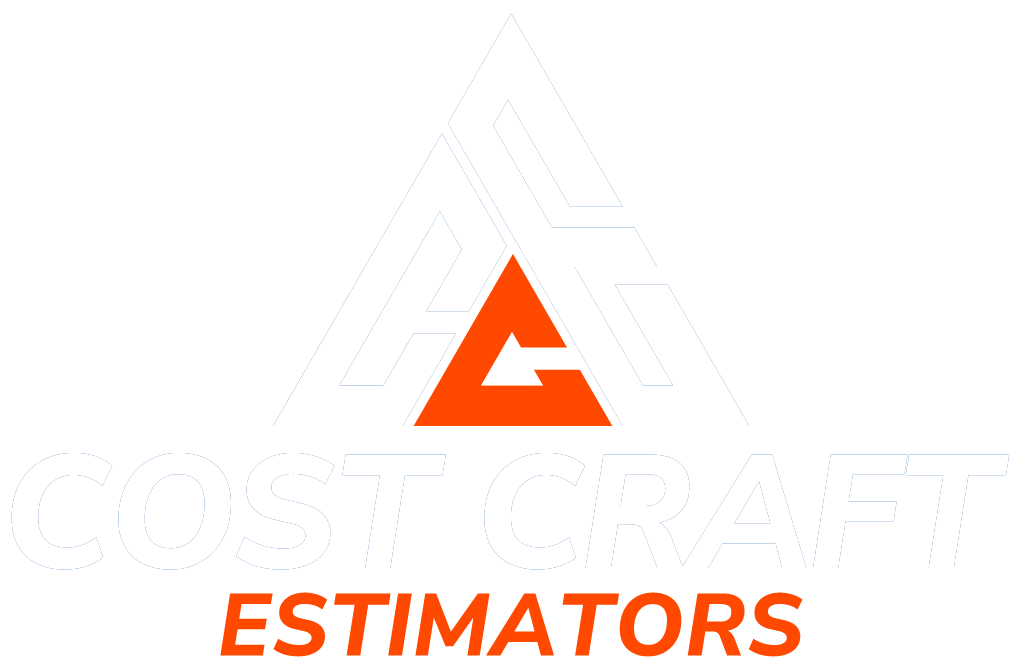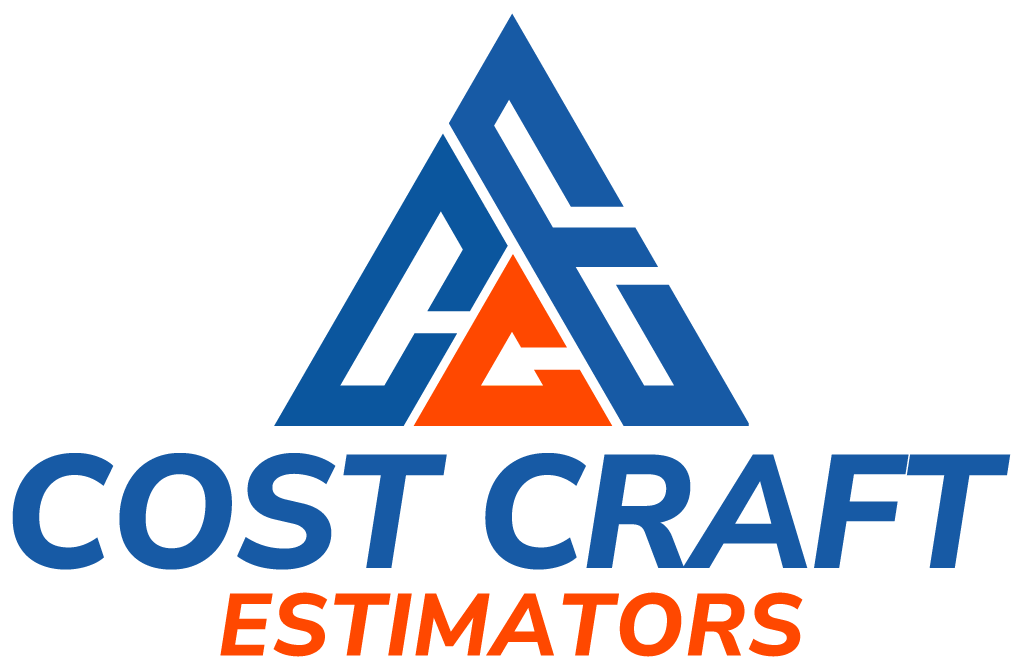Cut the Guesswork. Keep the Profit.
For homeowners, contractors, and anyone involved in construction, underestimating costs or overlooking key details can be disastrous. Whether you’re planning a small home renovation or managing a large commercial project, the impact of an inaccurate estimate can be felt in lost time, missed opportunities, and, most importantly, cost overruns.
At The Cost Craft Estimators, we understand the most common mistakes people make when estimating costs, and we’re here to help you avoid them.
Here are seven of the most costly estimating mistakes that can derail your project—and how you can sidestep them:
1. Underestimating Labor Costs
Labor is often the most significant part of any project. Failing to account for the full cost of labor—whether it’s skilled tradespeople or general contractors—can easily blow your budget. Many underestimate the time required to complete the project as well.
How to Avoid It: Work with professional estimators who consider labor costs from start to finish. Ensure you factor in overtime, holidays, and potential complications that can slow down work.
2. Ignoring Material Prices or Overestimating Quantity
It’s easy to underestimate the material costs for a renovation or construction project. Supply chain disruptions in recent years have made it harder to predict material prices, and fluctuating costs can quickly put a dent in your budget.
How to Avoid It: Use up-to-date market data and reliable sources for material pricing. Estimators should work with vendors to get current prices to avoid surprises.
3. Failing to Account for Unexpected Issues
Every project, large or small, will encounter issues. These can range from hidden damage to unanticipated requirements like zoning permits. Without accounting for these unexpected costs, your budget is in jeopardy.
How to Avoid It: Professional estimators always include a contingency buffer—typically around 10%—to account for unplanned costs. Be prepared for the unexpected with accurate contingency planning.
4. Not Including Overhead and Profit Margins
Overhead costs such as project management, insurance, and office expenses can add up quickly. Failing to factor in these costs may lead to an underwhelming final estimate that doesn’t fully cover the work.
How to Avoid It: Build overhead into the initial estimate to ensure your project covers all necessary expenses. This will prevent last-minute scrambling for additional funds.
5. Overlooking Project Scope Changes
Scope creep—the gradual expansion of a project beyond the original plan—can easily lead to underestimating costs. As the project evolves, clients may request additional work, but the costs for these additions may not have been factored into the original estimate.
How to Avoid It: Clearly define the scope of the project and communicate with clients about any changes. A good estimator will help you document scope changes and adjust budgets accordingly.
6. Rushing the Estimation Process
Taking shortcuts during the estimation process often results in missing important details. This mistake is especially common when trying to beat a competitor to a bid or rushing to meet tight deadlines.
How to Avoid It: Rushed estimates lead to inaccuracies. Take your time to review every element of the project. Use comprehensive takeoffs and take the necessary time to verify numbers.
7. Not Getting Multiple Estimates
Relying on a single estimate is a risky move, especially for larger projects. Prices can vary widely depending on the estimator, the materials, and the contractor.
How to Avoid It: Always get multiple estimates to ensure you’re getting the best deal. Compare estimates, and don’t be afraid to ask questions about the breakdown and methodology used.
Start Your Project with Confidence
The right estimate sets the foundation for your project’s success. By avoiding these common mistakes, you can save time, reduce costs, and ensure your project stays on track. If you’re unsure about where to start, reach out to The Cost Craft Estimators for a detailed, precise estimate that will set you up for success.


